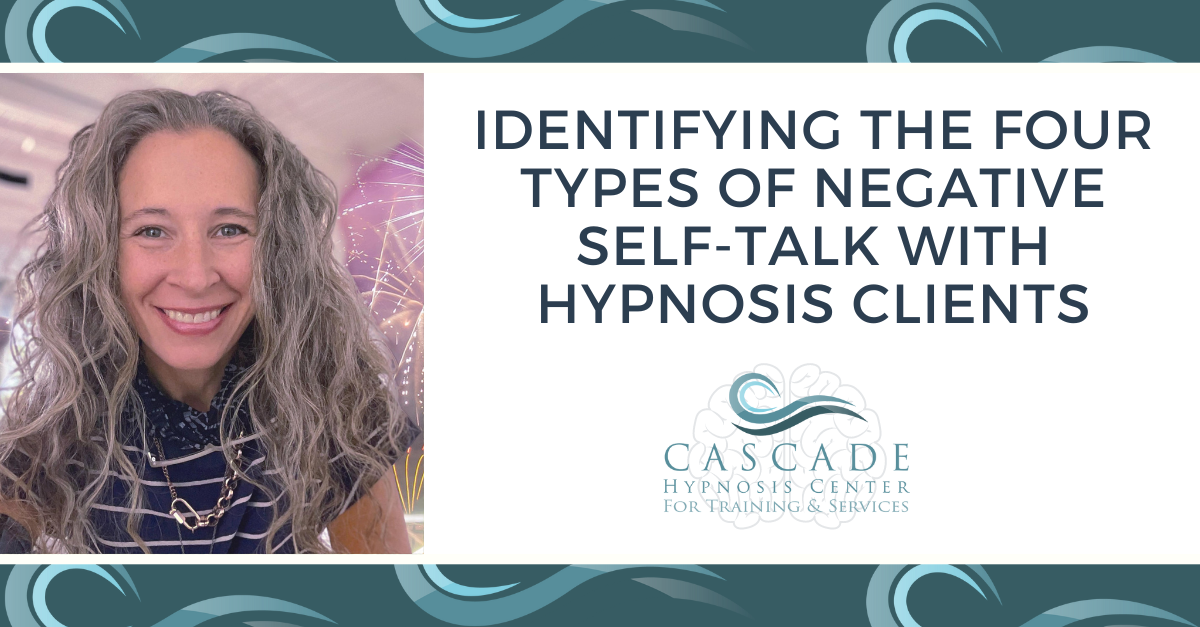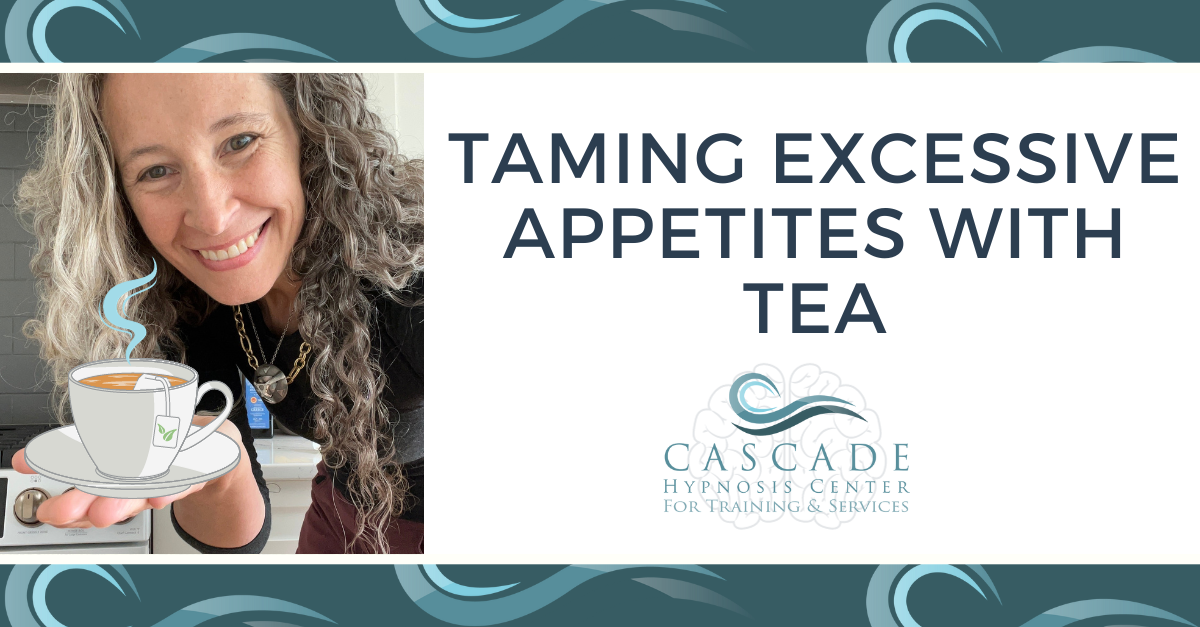The Hidden Truth Inside Every Client Issue: Case Study
By Erika Flint, BA, BCH, A+CPHI
Posted in the Journal of Hypnotism
Cynthia came to see me at a turning point in her life. Her mother had recently passed away, and she was struggling with the aftermath of her death and readjusting to life without her.
“I can’t believe I’m doing the same thing to my kids as my mother did to me, I never wanted it to turn out this way ”
Cynthia grew up on the East Coast, and had recently moved to the Pacific Northwest with her family. “I’m drinking too much. My oldest is 14, and he can tell when I’ve been drinking. He came home from school last week and told me they had learned the dangers of alcohol. He’s worried about me, and I don’t want him to worry. I feel bad and need to stop drinking.”
Cynthia’s issue presented as straight forward too-much-behavior with alcohol as the culprit. Yet by the third session I understood the nature of her suffering was much more complex than I originally realized.
She stopped drinking the first session. She was thrilled at how easy it was to stop drinking. The key was giving herself permission to drink something else – “something other than water,” she stated, “that was a life changer for me.”
Yet, she was still struggling with her relationship with her mother. We spent two sessions on Age Regression (AR). They included many instances of her mother drinking too much and my client frustrated and upset. “I can’t believe I’m doing the same thing to my kids as my mother did to me, I never wanted it to turn out this way.”
Stopping the unwanted behavior isn’t enough
It was an interesting scenario. Her drinking had stopped, yet she was miserable with an unsettled issue with her mother that appeared to have been a lifelong struggle.
“I knew even though she was not drinking, if we didn’t uncover the root cause of the turmoil in the relationship, the drinking would likely return. ”
In one particularly intense moment during age regression at the regressed age of fourteen, she screamed “I love you! I hate you!” to her passed out mother. With guidance from her grown up self, fourteen was able to eliminate the erroneous fear from that scene knowing her mother survived. However, there was significant anger that still remained. I made note of the situation to be sure and address it in our next session, which was likely going to be Forgiveness of Others (FOO).
I knew even though she was not drinking, if we didn’t uncover the root cause of the turmoil in the relationship, the drinking would likely return.
The Breakthrough
The breakthrough came in the fourth hypnosis session, during FOO. Cynthia resisted telling her mother what she had done to hurt her, stating “I love my mom, she didn't do anything wrong.”
Even though Cynthia was still hurting by the experiences with her mother, she could not tell her mother what was so painful. “I can’t tell her anything, she can’t handle it. It will crush her.”

Help your clients reduce resistance and uncover the underlying issue.
Cynthia was struggling at this point in the session. I could tell this experience was difficult for her. It's likely she also couldn't tell her mother it was hurtful in real life, which could have been part of the original issue in their relationship. So instead of pushing harder for forgiveness, I used a different approach – one you may find surprising.
The technique is to help your client love their problem to understand it.
Love the Problem to Reduce Resistance
It’s easy to make the behavior the villain – that “alcohol” (or food, or cigarettes), is the distractor that’s causing so much pain on top of the root cause. However, I’ve found I get much better results not by making the problem the villain – but by bringing it closer. By loving the problem, in this case the alcohol to see what benefit it was bringing to my client’s life. As a professional hypnotists - it’s important to understand that there is always some positive reason for our clients to “keep their problem”, even if it’s only to reduce stress.
How do you “love” the problem? Consider that the problem, at one point in our client’s life, did provide a solution. It was helpful, even for a moment and likely is still providing some benefit. When we understand what it was doing for the client, we can help them either replace the behavior with something else. This may sound a bit like Parts Mediation Therapy, and there is some overlap with this concept. The difference is that this technique begins with a mindset shift that you – the hypnotist makes. Doing so helps us get a clearer understanding of the nature of their issue when we follow up with the right questions.
I tried a different approach. Instead of asking Cynthia to tell her mother what was hurtful, I said “Put an ending on this: mom what I love about alcohol is…”
Surprisingly, Cynthia didn’t hesitate. She replied with “mom, what I love about alcohol is that it brings me closer to you. I always wanted to understand you. I never knew why you drank so much. Now I do. You were lost, like I am now without you.”

Loving the problem helped Cynthia reduce resistance to uncovering the root issue.
The rest of the FOO session was filled with tears and relief. By being willing to love the problem, Cynthia had uncovered the root cause of her drinking that was causing her such misery. Later she told me she didn’t want to drink, yet realizing it helped her feel close to her mother made sense why she had for so long.
Something finally made sense.
After that breakthrough Cynthia was able to forgive her mother, for inadvertently teaching her to drink. Even though her mother has passed on, Cynthia now feels a closeness with her mother that she never felt when her mother was alive.
The following week we moved to Forgiveness of Self (FOS), and Cynthia forgave herself for the excessive drinking and hanging onto the anger towards her mother for too long.
In the end Cynthia stopped drinking for good, eliminated erroneous fears from her past, and forgave her mother and herself. She’s happier, and proud of the changes she made. Her family is proud of her too.
At times we can help our clients feel safe and nudge them towards a resolution. We can help them enter the places they may be afraid to go when they are resistant. However, with significant resistance I’ve always found loving the problem to be one of my go-to strategies. It can be loving the issue they came in for, loving an offender, or any part of the client’s session. Love is still the answer, and can reduce resistance to open doors in our clients’ hearts and lives to find the relief they're searching for.
Originally published in the IHAP ® Journal Summer 2019


-Nov-10-2022-06-23-18-2845-PM.png)
